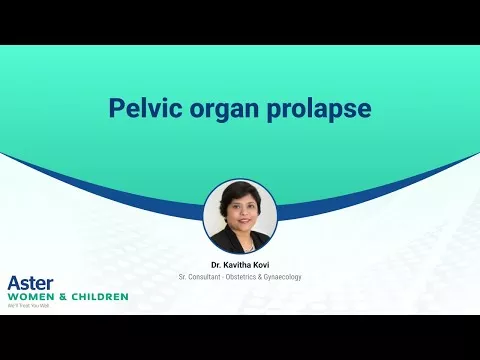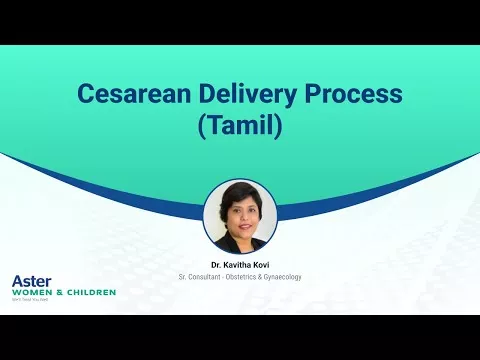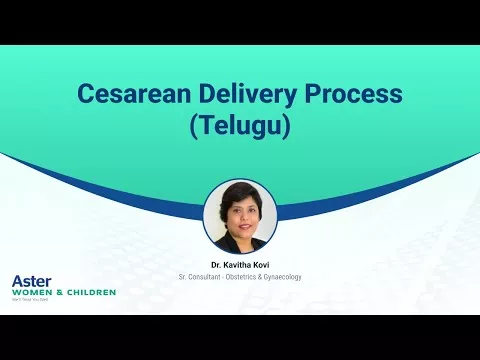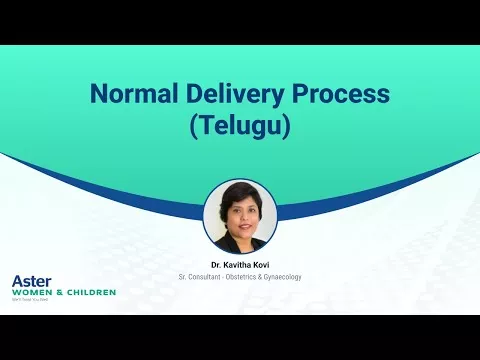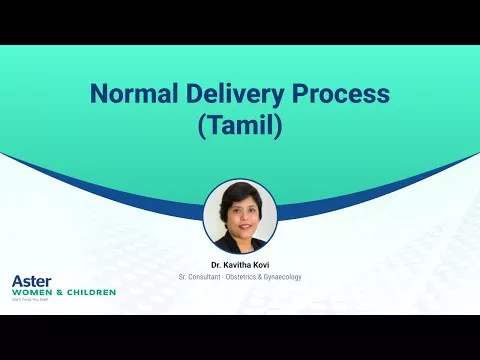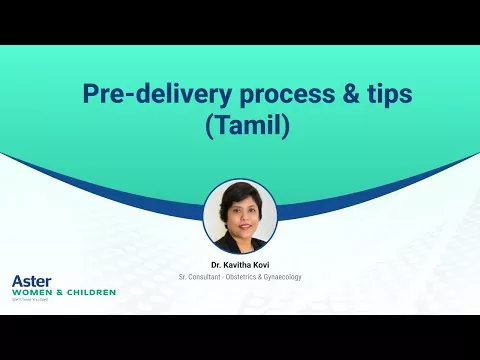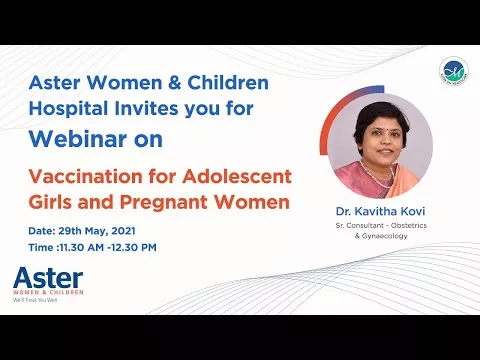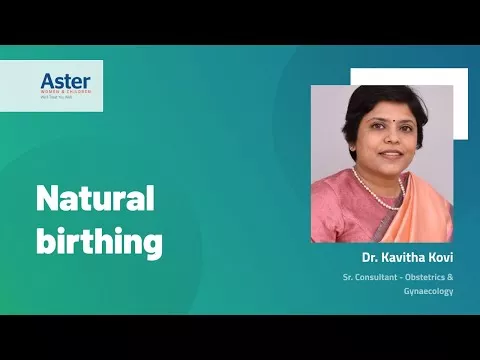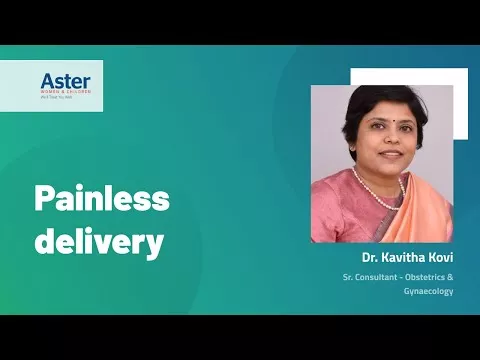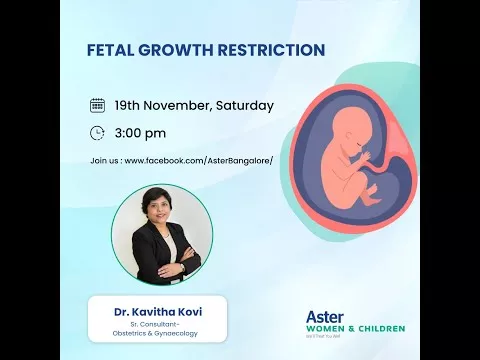In this video, Dr. Kavitha Kovi, HOD - Obstetrics and Gynecology at Aster Women & Children Hospital, discusses cervical incompetence, a condition where the cervix shortens and opens prematurely, leading to pregnancy loss. The video focuses on the two main treatment options for cervical incompetence: transvaginal and transabdominal circlage. Dr. Kavitha begins by explaining cervical incompetence and its symptoms, including a history of pregnancy loss in the second trimester and painless dilation of the cervix. It emphasizes the importance of early diagnosis and treatment to prevent pregnancy loss.
Transvaginal Circlage
A transvaginal circlage involves placing a stitch around the cervix to strengthen it and prevent premature dilation. This procedure is typically recommended for women with a history of one or two pregnancy losses and a cervix length of less than 2.5 centimeters.
Transabdominal Circlage
A transabdominal circlage is a surgical procedure that involves placing a stitch around the cervix through the abdomen. This procedure is recommended for women with a history of multiple pregnancy losses, a severely shortened cervix, or a failed transvaginal circlage.
Choosing the Right Procedure
Dr. Kavitha highlights the factors that influence the decision between transvaginal and transabdominal circlage, including the patient's medical history, the severity of cervical incompetence, and the preference of the healthcare provider. Transvaginal circlage is generally considered less invasive but may have a higher risk of failure. Transabdominal circlage is more invasive but has a higher success rate.
For more information, consult the Department of Obstetrics and Gynecology at Aster Women & Children Hospital.
To book an appointment, contact us at 080-4510 8888.







